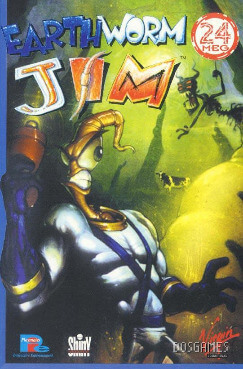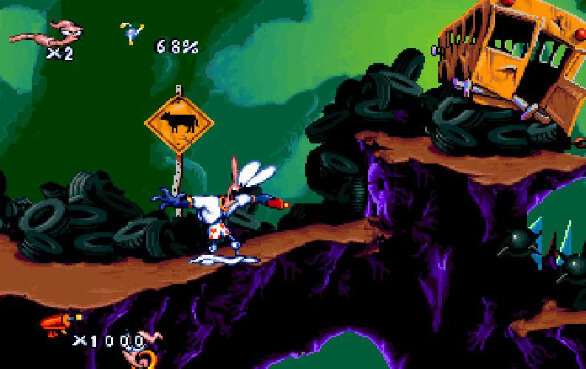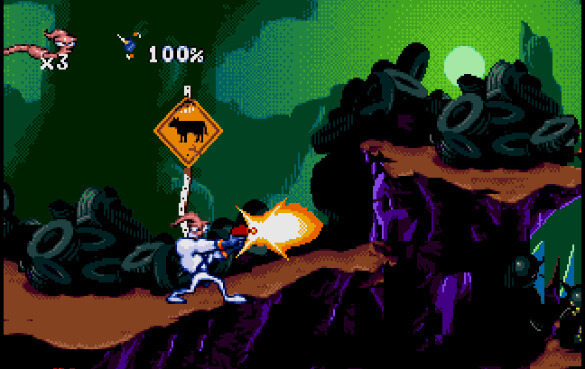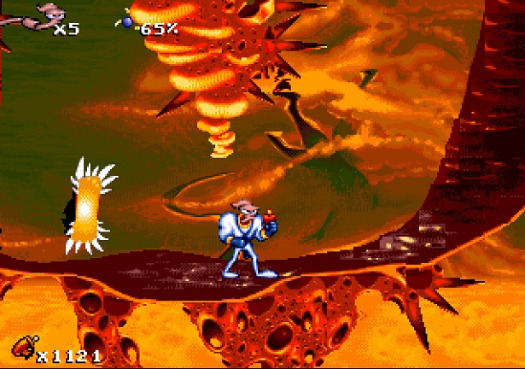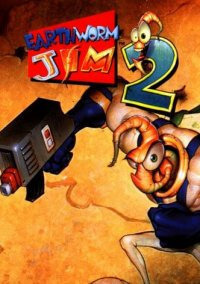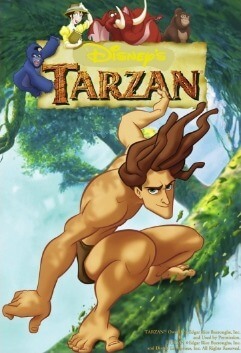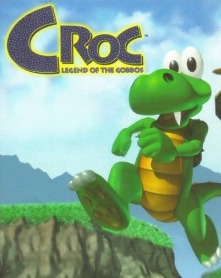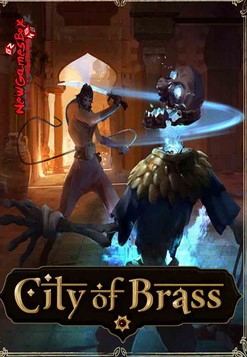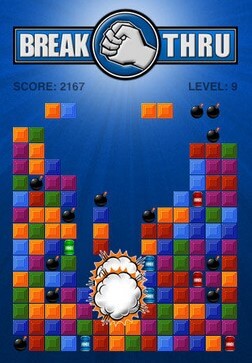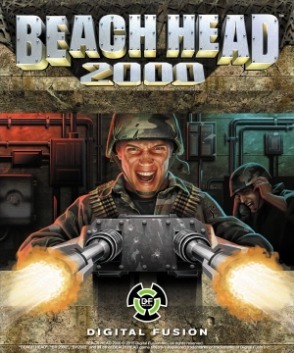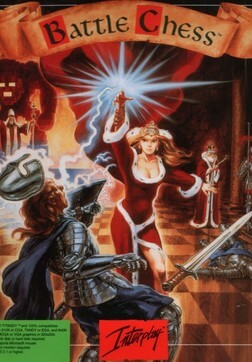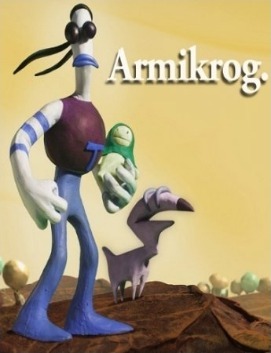Earthworm Jim is a 1994 run and gun platform game developed by Shiny Entertainment, featuring an earthworm named Jim, who wears a robotic suit and battles evil. The game was released for the Sega Genesis, and subsequently ported to a number of other video game consoles.
It was well received by critics, and received a sequel, Earthworm Jim 2, in 1995. In 2010, Gameloft developed and released a high definition remake for the PlayStation 3 and Xbox 360, titled Earthworm Jim HD. In February 2018, Gameloft's contract with Interplay ended, so Earthworm Jim HD as well as the Nintendo DSi , Wii and Windows Phone ports were removed from digital stores.
Gameplay
The game plays as a 2D sidescrolling platformer with elements of a run and gun game as well. The player controls Jim and must maneuver him through the level while avoiding obstacles and enemies. The player can use Jim's gun as a method of shooting enemies, or his head as a whip for whipping enemies. The whip move also allows the player to grab hold of, and swing from, certain hooks in the game. Some levels have additional requirements beyond merely getting to the end of the level. For example, the level "For Pete's Sake", involves making sure the computer-controlled Peter Puppy character gets through the level unharmed, which is accomplished by whipping him to make him jump over pits, and defeating enemies before they can damage him. Failure to do so results in Peter lashing out at Jim, taking away from his health.
Levels commonly culminate with a boss battle. The game incorporates a large variety of villains in the boss battles, including Psy-Crow, Queen Slug-for-a-Butt, Evil the Cat, Bob the Killer Goldfish, Major Mucus, and Professor Monkey-For-A-Head. Two villains made their only appearance in this game, Chuck, a junkyard man with a tendency to vomit bizarre objects, and Doc Duodenum, a crazed organ of a giant alien.
In-between most levels, a racing level called "Andy Asteroids" is played. Unlike the rest of the game, it places the viewpoint behind Jim. The player must direct Jim on his rocket, in a race against Psycrow, through a tube-like structure while collecting items and boosts and avoiding asteroids. If the player wins, the next level is started instantly. If the player loses, a special boss fight against Psy-Crow must be won in order to progress to the next level.
Other variations in gameplay occur over the course of the game as well, such as a competitive bungie-jumping and fighting level, and an underwater maze that must be traversed both within a timelimit and without crashing too many times.
Plot
Jim is a normal earthworm, until a special "super suit" falls from the sky and allows him to operate much like a human, with his "worm-part" acting as a head and the suit acting as arms, body, and legs. Jim's task is two-fold, he must evade the game's many antagonists, who are after him because they want the suit back, and also rescue and protect Princess What's-Her-Name from them. The game plays out with Jim eluding and defeating all enemies, and saving Princess What's-Her-Name. However, not only does she not return Jim's affection, but she is also crushed by the flying cow that was launched at the beginning of the game by Jim himself.
Development
Playmates Toys, finding success with the license for Teenage Mutant Ninja Turtles, wanted to start their own franchise. Inspired by the success of the Sonic the Hedgehog series with Sonic the Hedgehog and Sonic the Hedgehog 2, they decided that they wanted to start the franchise as a video game, a rare approach at the time. From there, the game's design actually started with Douglas TenNapel's simple sketch of an earthworm that he presented to Shiny Entertainment. Impressed, programmer David Perry and the rest of Shiny bought the rights to Earthworm Jim from TenNapel, and started developing the game. From there, TenNapel would work on doing the game design, creating level ideas, and voicing Jim's character, while Perry and the other programmers created other characters and game mechanics. Perry recounted that the giant hamster "was drawn by one of our guys at three o'clock one morning".
The game's crazy atmosphere, world, and characters was due to the fact that the company had previously always been restricted to doing licensed games, like 7up's Cool Spot, where they had to conform to the other company's preset limitations. In that respect, the game was actually created as a satire of platform video games at the time; for instance, "Princess-What's-Her-Name" was a parody of how so many video games had throw-away female characters to be saved.
Reception
Reception for the game was very positive. Earthworm Jim was awarded Best Genesis Game of 1994 by Electronic Gaming Monthly, GamePro gave the Genesis version a perfect score, and Famicom Tsūshin scored the Super Famicom version of the game a 30 out of 40. Earthworm Jim was rated the 114th-best game made on a Nintendo System in Nintendo Power's Top 200 Games list.
The game has been noted for its fluid animation, featuring a hand-drawn style that was unusual for 16-bit releases. GamePro argued that the game has "the most innovative game play since Sonic first raced onto the Genesis", backing up the point by noting "In the first level, New Junk City, Jim leaps off old tires, climbs strange crevices and cliffs, swings from chains, and creeps through a maze of garbage - and that's the most traditional level in the game!" Electronic Gaming Monthly gave rave reviews for both the Genesis and SNES versions, praising animations, long levels, and warped sense of humor. One of their reviewers summarized that "This game was made by a gamer, and it shows." With regard to the game's overall appeal, a review from GameZone stated "Back when platformers were the king of genres, Earthworm Jim made its presence known as the 'cool kid on the block' by appealing to many demographics. Obtaining a moderate difficulty level and establishing itself with stylish humor, Earthworm Jim was a financial and critical success for Interplay and Shiny Entertainment. Even though I feel the sequel is the best of the series, the original still is able to stand out on its own." The review also went on to praise the soundtrack from Mark Miller as well. Next Generation reviewed the Genesis version of the game, and stated that "Sure, it's only a slick 16bit platform game. And anyone looking for anything revolutionary will be disappointed - there's nothing strictly new here. But it's a whole load of fun, and that's what counts."
